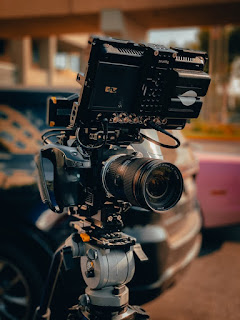Endangered Language - Irish
Works Cited Background Audio link https://www.youtube.com/watch?v=LgYnsNGRSy4&ab_channel=Fantasy%26WorldMusicbytheFiechters Poem link https://www.youtube.com/watch?v=Ce_vpacvP1E&ab_channel=BrehonAcademy Speaking Bubbles link https://www.smithsonianmag.com/innovation/want-learn-cherokee-how-about-ainu-startup-teaching-endangered-languages-180965076/ Timeline link https://sectioneuroanatole.jimdofree.com/irish-border/ When Irish Really Declined https://www.theirishstory.com/2010/09/14/the-irish-language-part-i-decline/ Article on Language Disruption of Ireland https://halshs.archives-ouvertes.fr/halshs-01147770/document 1871 Graph link https://www.theirishstory.com/2010/09/14/the-irish-language-part-i-decline/ 2011 Graph link https://en.wikipedia.org/wiki/Status_of_the_Irish_language Languages in Ireland graph https://languageknowledge.eu/countries/ireland Pie chart link https://en.wikipedia.org/wiki/Demographics_o...





